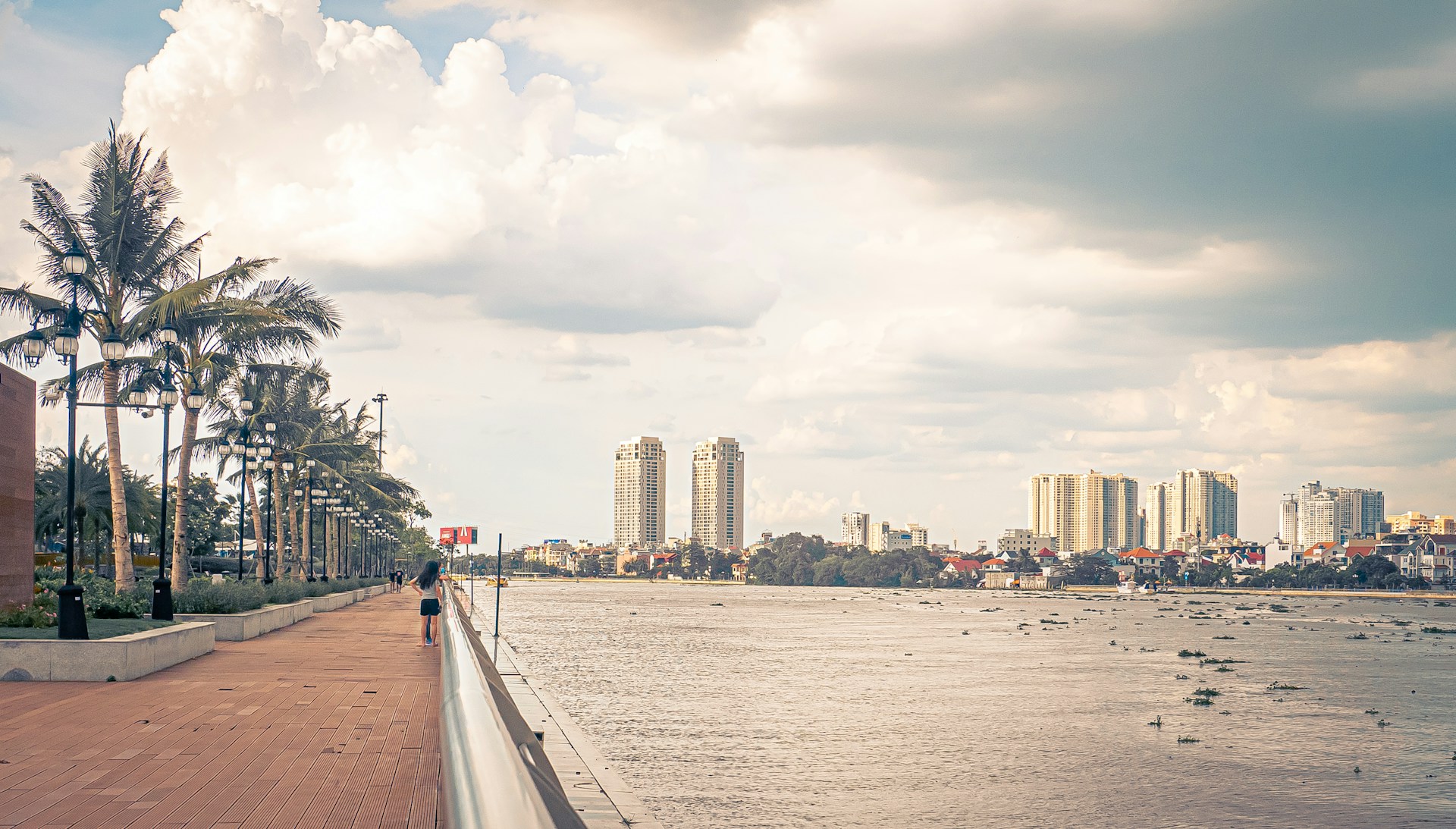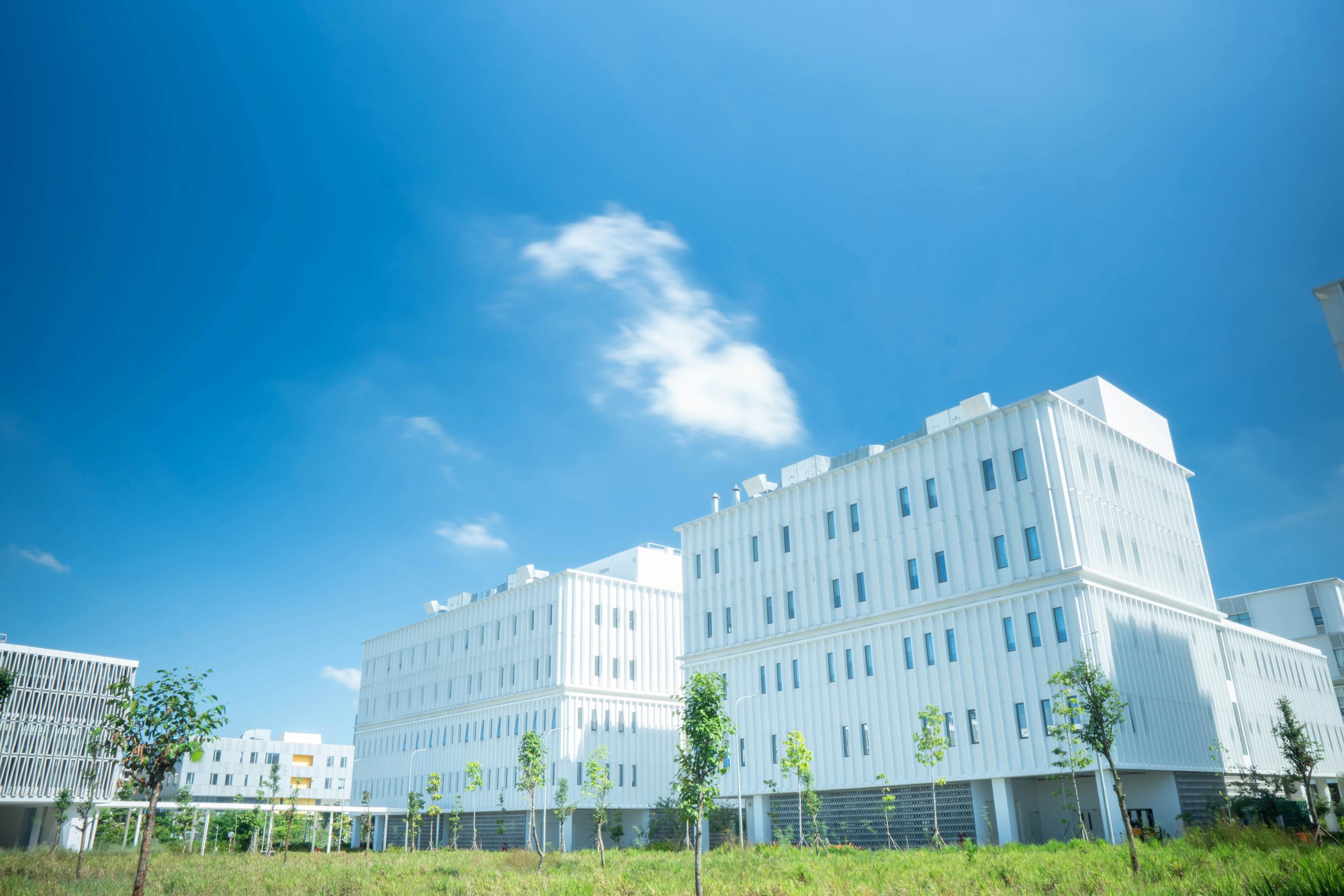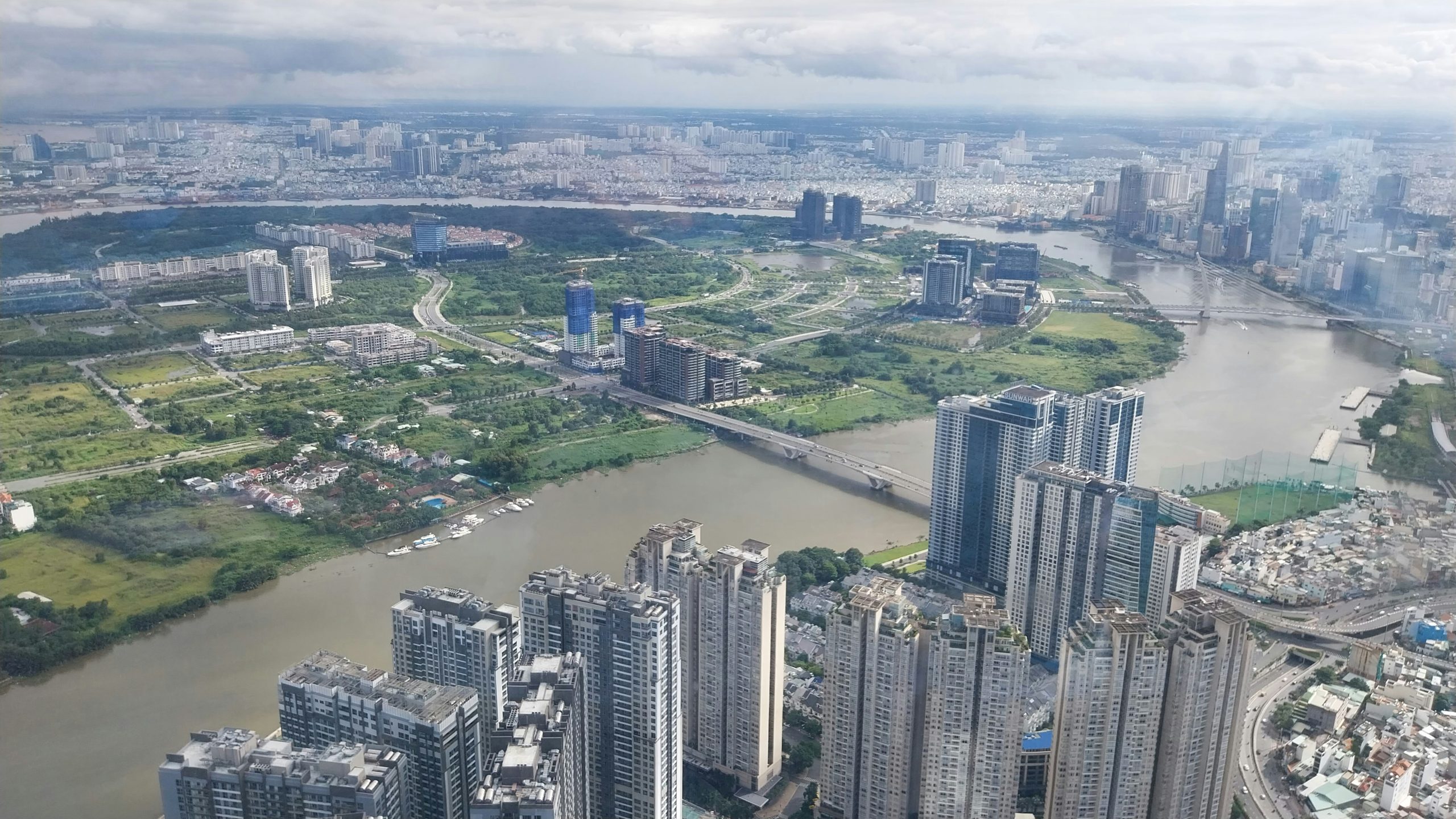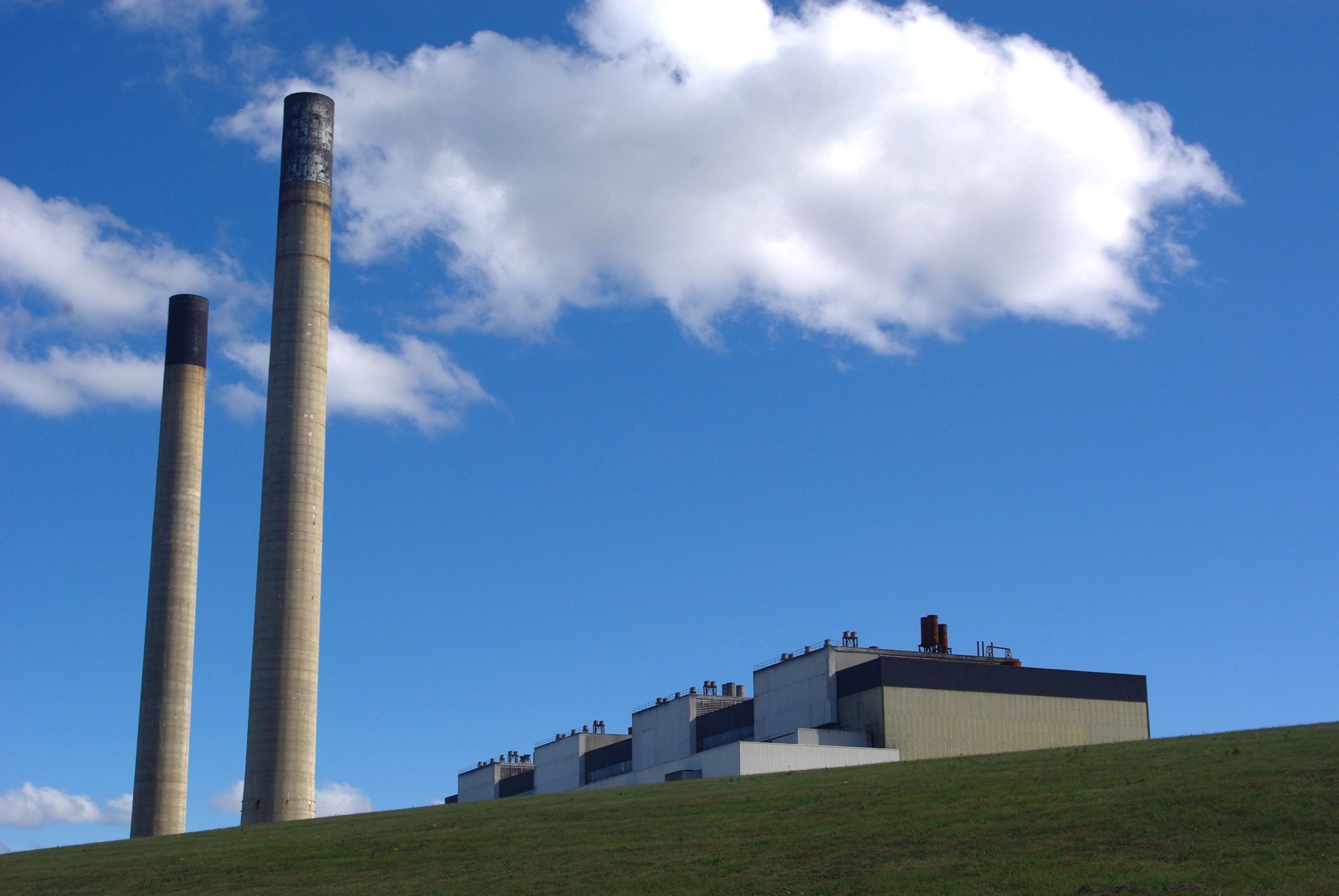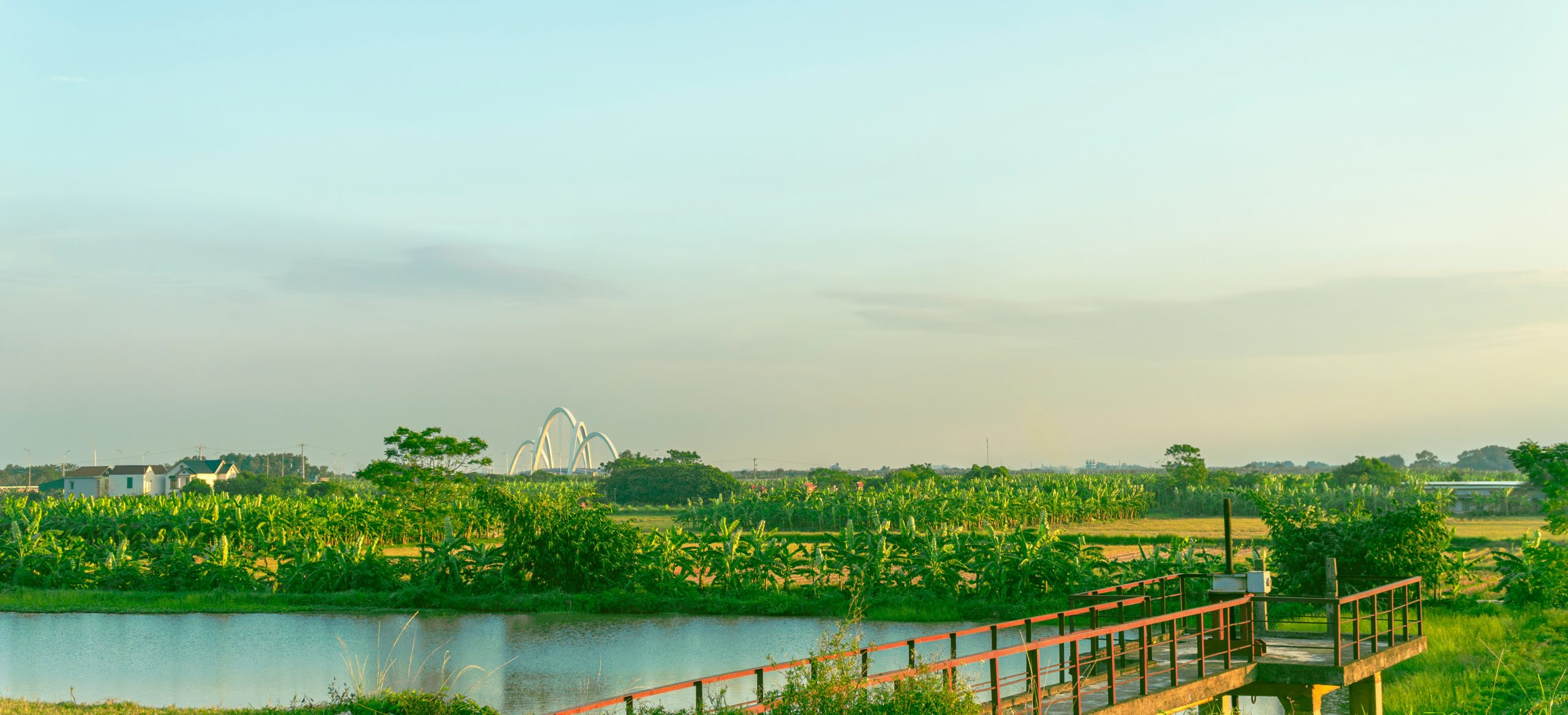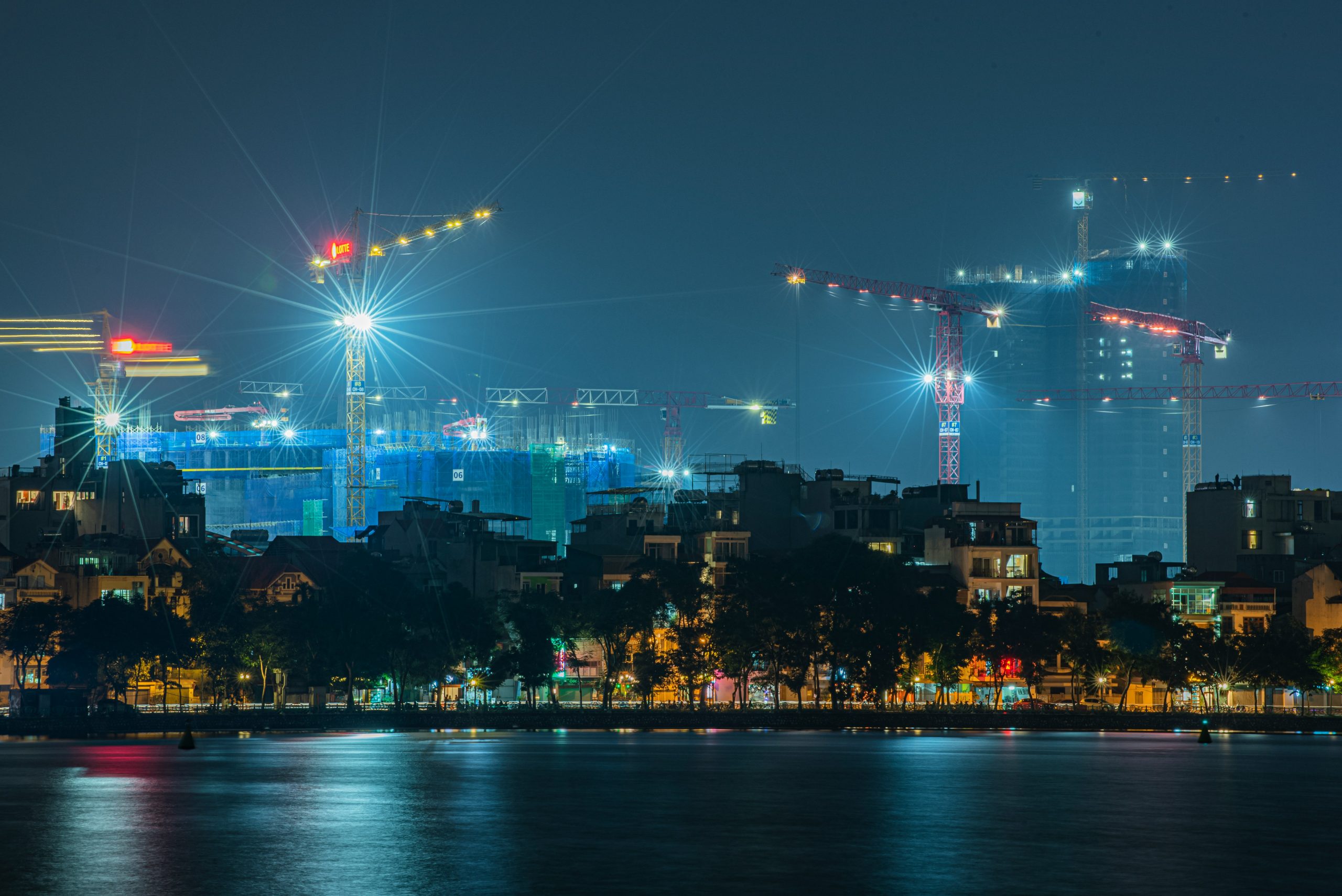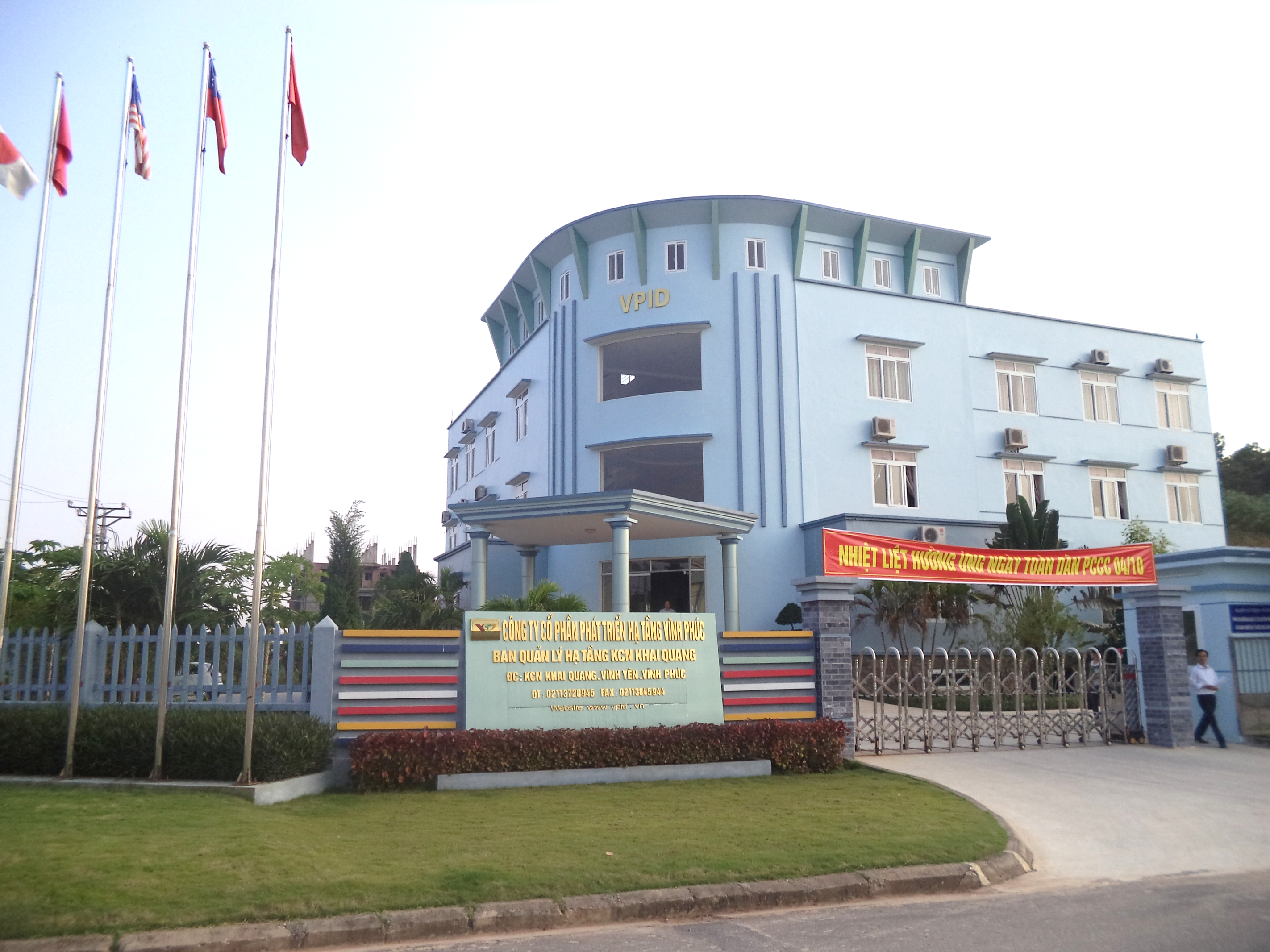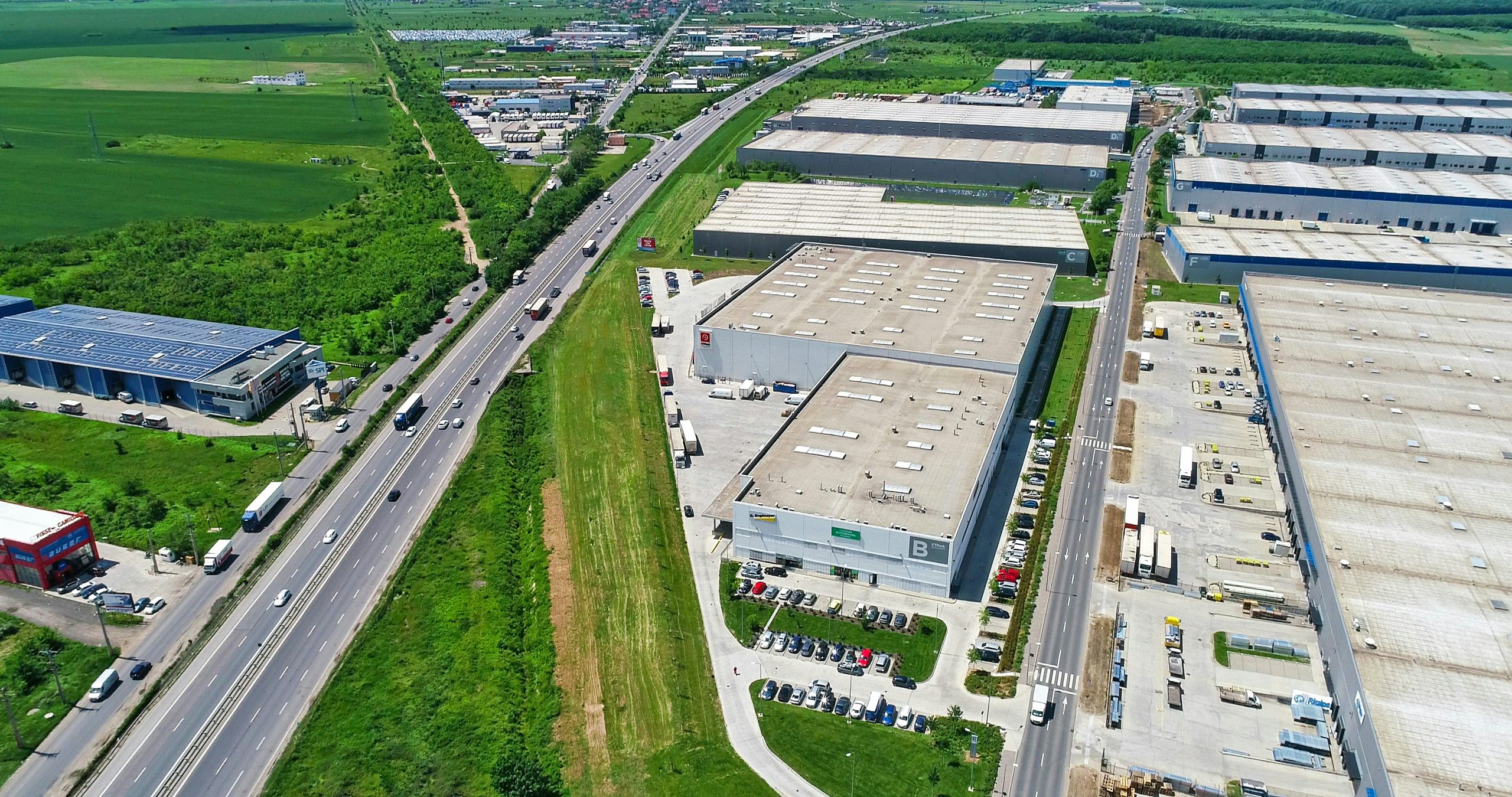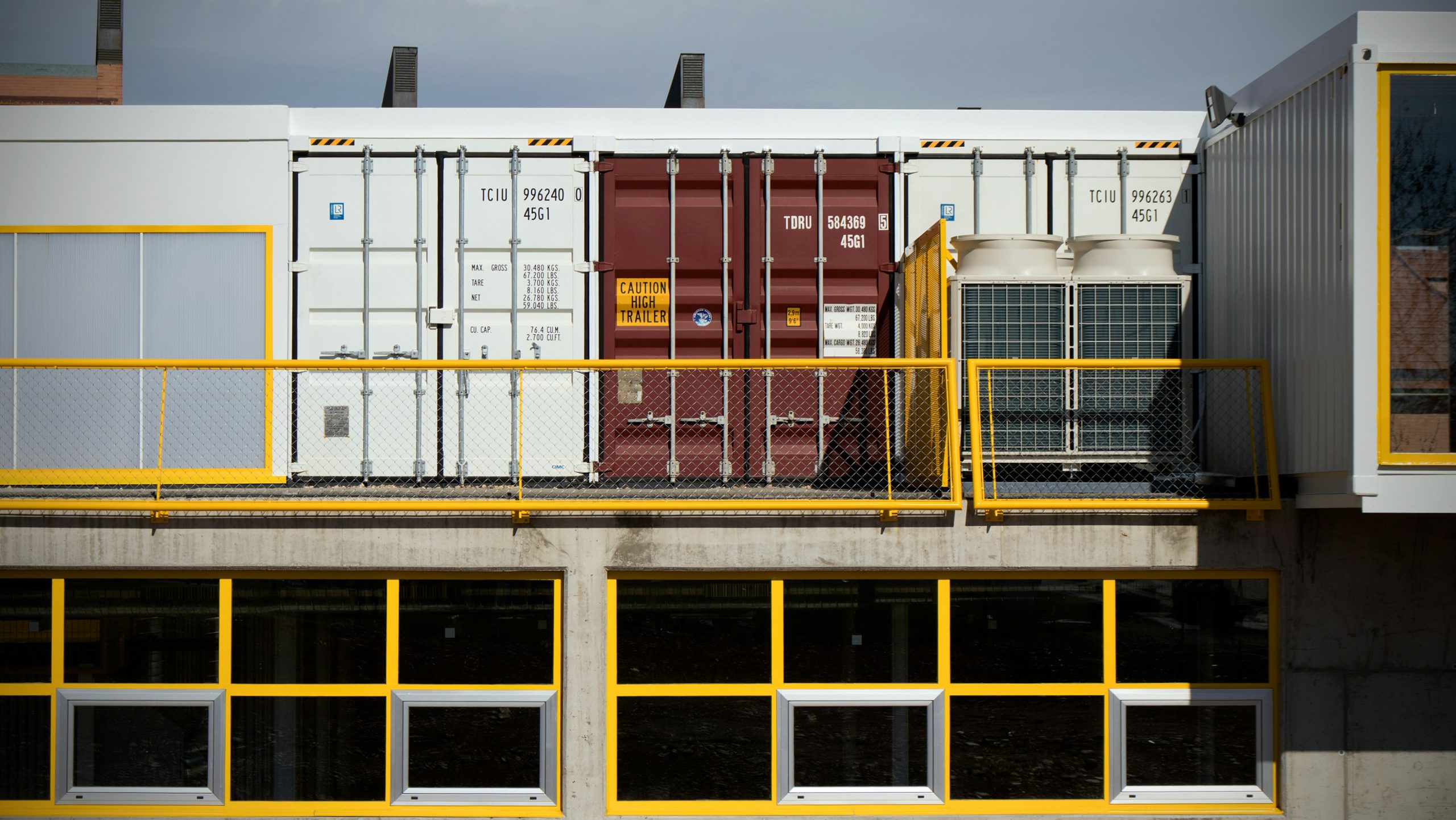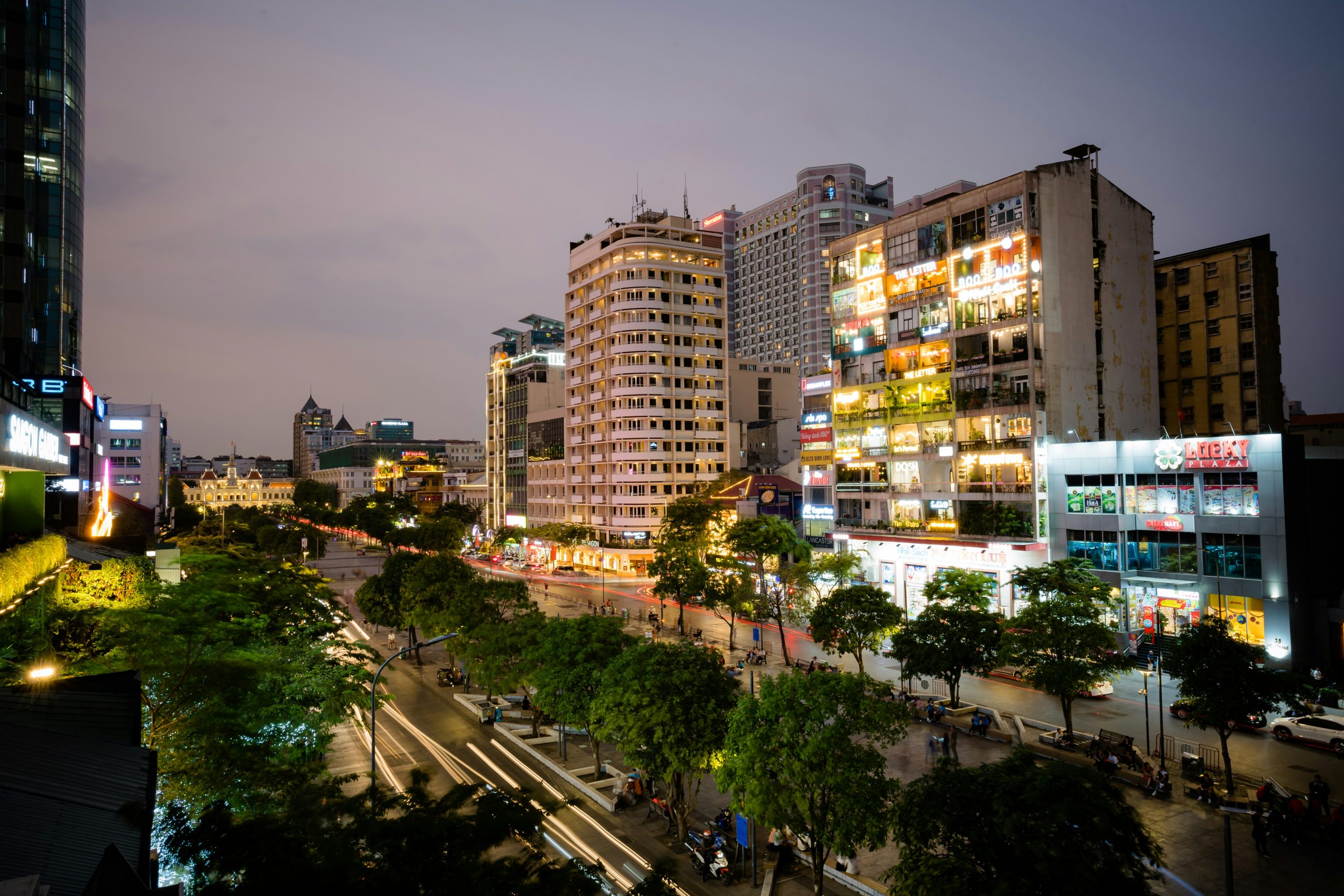15Apr2017
Industry Reviews
Comments: No Comments.
2017/4/3
“FDI trend in Vietnam”
Newly-registered foreign direct investment (FDI) capital in Vietnam has improved since the global financial crisis, racking up nearly $12 billion in 2015 (The World Bank, 2017) and the first half of 2016 alone (Van, 2016).
As one of the driving forces of the economy (Vuong, Tran and Nguyen, 2009), this displays the reforming status of Vietnam.
Specifically, the value of M&A accounts for approximately half the FDI inflows, making it the most crucial component of the capital (Gaskill and Nguyen, 2015; Vuong, Tran and Nguyen, 2009).
Recording over 500 successful deals in 2016, the total M&A deal value reached nearly $6 billion, increasing by 23.8% on-year and more than 10 times since 2006 (MAF, 2016)
“M&A in the real estate sector with foreign investors”
The real estate sector has enjoyed considerable M&A activities (ranked second) in both deals and values, attracting multiple investors from Japan, Korea, Thailand and Singapore (Ngoc, 2017; Van, 2016).
25 new M&A projects were dealt in the first half of 2016, worth $605 million and occupying up to 5% of the FDI volume (Van, 2016).

The most active property segments for M&A by foreign investors are large-scale mixed use developments
(apartments, retail and office) presently and hotel in near future in Hanoi, Ho Chi Minh City, Da Nang and Nha Trang (CBRE, 2014; Hong, 2016; Ngoc, 2017; Van, 2015).
“Japanese projects about to increase”
Unlike previously when investment is limited due to lacking market data, there has been an increase in the number of M&A deals with Japanese investors (Hong, 2016). For example, Kajima Corporation, one of Japan’s largest property developers has formed a 50:50 joint venture with Indochina Capital to invest up to $1 billion in Vietnam in the next decade.
Mitsubishi Corporation has purchased 45% stake of the Manor Central Park of Vietnam’s Bitexco Group project, worth $285 million (Quang, 2017).
Also, Sumitomo, Sanyo Homes, Daiwa House, Aeon and Toshin have all entered Vietnam’s market, with a total of investment worth $2 billion (VNExpress, 2017).

For Japanese investors, they can also derive benefit from close geographical locations, the long-term relationship between the two countries and the higher interest than domestically, which makes overseas investment in Vietnam an ideal solution (Gaskill and Nguyen, 2015).
“Opportunities and challenges”
Various factors influence the rise of M&A in the sector. The most important reason is the loosening of foreign ownership limits, plus the improvement of the legal framework, namely the Law on Real Estate Business in 2014.
Second, the consistently economic growth of Vietnam, combined with the high annual return of 20 – 25% fuel investors’ interest (Hong, 2016). Also, urbanisation has led to higher demand for housing in Hanoi and Ho Chi Minh City.
However, challenges cannot be excluded. Financial risk is notable, as the real market value of the property can differ from the deal price (Jones Lang Lasalle, 2017), causing the loss to the investor.
That can result from poor property conditions or lack of pre-agreement research.
Moreover, the workforce of M&A partners will have substantial doubt about future, which can have a potential major change for both related parties (Jones Lang Lasalle, 2017).
All things considered, Vietnam is projected to witness the boom in M&A activities in the real estate sector in forthcoming period, having proved its attractiveness to a large number of investors over the last few years.
M&A has become an easy solution for foreign investors to not only enter the market but also have potential to gain a high return from the dynamic market. While it is undeniable that associated risks can affect negatively the operation of foreign stakeholders, the enhancement of the policy framework is a positive sign for a bright future in this domain.
REFERENCES
- The World Bank (2017) The World Bank. Available at: http://data.worldbank.org/ indicator/BX.KLT.DINV.CD.WD?locations=VN [Accessed 10th March 2017]
- Van, T (2016) ‘M&A real estate deals on the rise’, Vietnam Investment Review, 18 July. Available at: http://www.vir.com.vn/ma-real-estate-deals-on-the-rise.html [Accessed 10th March 2017]
- Vuong, Q.H., Tran, T.D., and Nguyen, T.C.H. (2009) ‘Mergers and acquisitions market in Vietnam’s transition economy’, Journal of Economic Policy and Research, 5 (1), pp. 1 – 54.
- Gaskill, S. and Nguyen, L.H. (2015) M&A will strengthen the strategic partnership between Japan and Vietnam. Available at: http://www.pwc.com/vn/en/deals/strategy/ma-will-strengthen-the-strategic-partnership-between-jp-and-vn.html [Accessed 15 March 2017]
- MAF (2016) Vietnam M&A market 2015 – 2016: Typical deals ad trends. Available at: http://maf.vn/hinhanh/tintuc/7.%20MAF2016%20-%20Hop%20bao%20Presentation.pdf [Available at 12 March 2017]
- Ngoc, B. (2017) ‘M&A helps to jolt real estate’, Vietnam Investment Review, 19 January. Available at: http://www.vir.com.vn/ma-helps-to-jolt-real-estate.html [Accessed 11 March 2017]
- Quang, H. (2017) ‘Japanese projects freshening up Vietnam’s real estate market’, Vietnam Investment Review, 01 March. Available at: http://www.vir.com.vn/japanese-projects-freshening-up-vietnams-real-estate-market.html [Accessed 12 March 2017]
- CBRE (2014) Rise in M&A deals stir up nation’s property market. Available at: http://www.cbrevietnam.com/Vietnam-Property/rise-in-ma-deals-stir-up-nations-property-market.cbre [Accessed 12 March 2017]
- Hong, A. (2016) ‘Japanese investors ready to pour 2 billion into Vietnam’s real estate market’, VNExpress, 4 October. Available at: http://e.vnexpress.net/news/business/japanese-investors-ready-to-pour-2-bln-into-vietnam-s-real-estate-market-3478478.html [Accessed 12 March 2017]
- VNExpress (2017) ‘M&A deals in Vietnam’s real estate sector forecast to take off in 2017’, VNExpress, 24 January. Available at: http://e.vnexpress.net/news/business/m-amp-a-deals-in-vietnam-s-real-estate-sector-forecast-to-take-off-in-2017-3532969.html [Accessed 15 March 2017]
- Jones Lang Lasalle (2017) Four majoir property M&A pitfalls. Available at: http://www.j oneslanglasalle.com.vn/vietnam/en-gb/news/265/four-major-property-ma-pitfalls [Accessed 15 March 2017]

